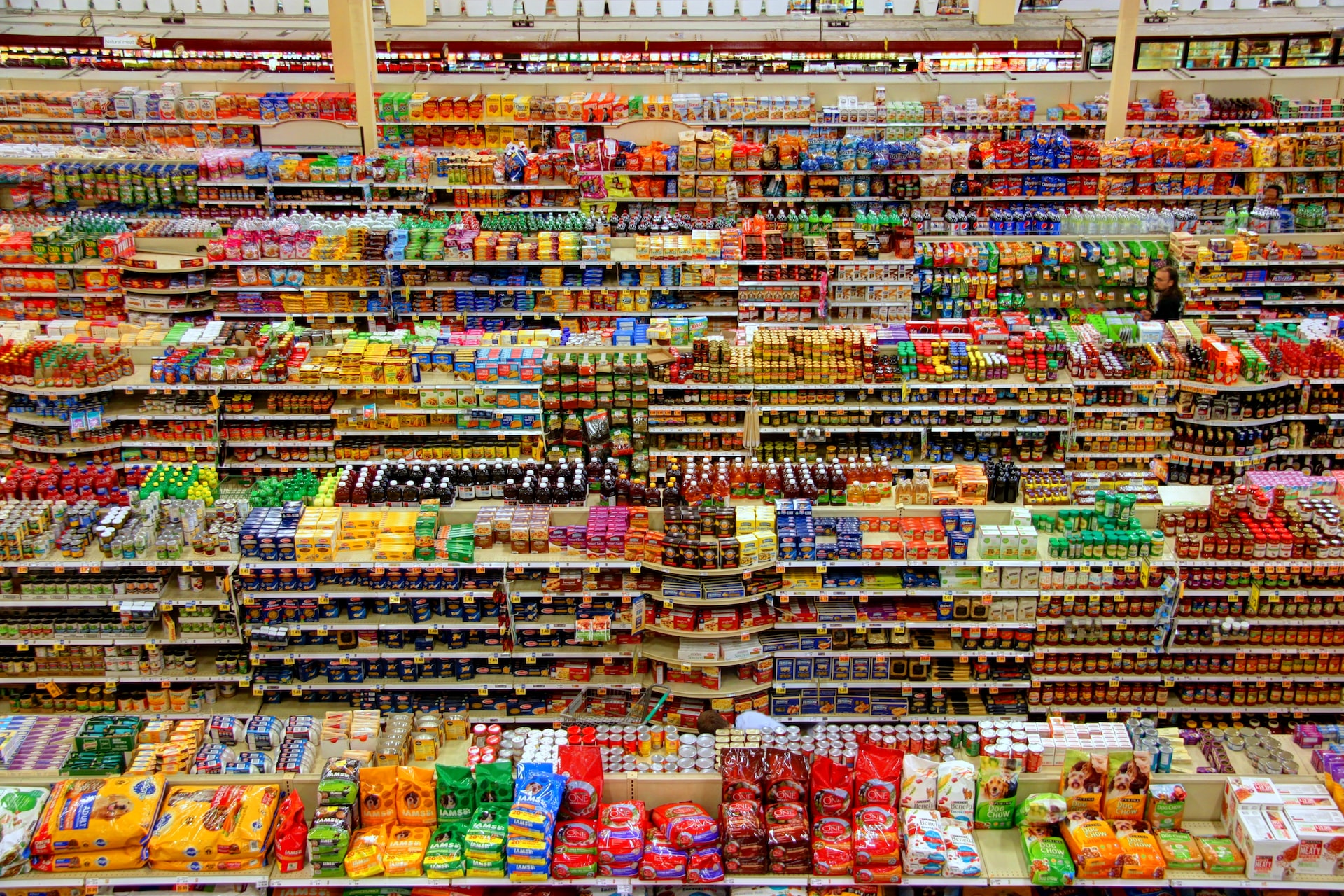
Te Whanganui a Tara – Food prices were 10.1 percent higher in October 2022 compared with October 2021, Stats NZ said today.
This was the highest annual increase since November 2008,” Stats consumer prices senior manager Nicola Growden says.
Increasing prices for barn-raised eggs, cheddar cheese, and two-minute noodles were the largest drivers within grocery food.
The second-largest contributor to the annual movement were fruit and vegetables.
The items within this group that influenced this movement the most were potatoes, bananas, and cabbages.
Monthly food prices were 0.8 percent higher in October 2022 compared with September 2022. After adjusting for seasonal effects, they were up 1.8 percent. Fruit and vegetable prices fell 5.2 percent, but after seasonal adjustment rose 1.3 percent.
Previous patterns of seasonal price movement for fruit and vegetables suggest it’s more typical to see a larger fall in fruit and vegetables for the October month.
The monthly price rise was broad-based, with increases seen in 125 of the 162 items Stats NZ measures. In October 2021 only price rises were in 82 of the items measured, with the other 80 all falling.
Grocery food contributed the most to the 0.8 percent monthly rise. This was led by rises in the cost of cheddar cheese, 6.8 percent, barn-raised eggs, 7.4 percent and potato crisps 3.6 percent.
In October 2022 compared with September 2022:
fruit and vegetable prices fell 5.2 percent (up 1.3 percent after seasonal adjustment)
meat, poultry, and fish prices rose 2.7 percent
grocery food prices rose 1.8 percent (up 2.0 percent after seasonal adjustment)
non-alcoholic beverage prices rose 2.0 percent
restaurant meals and ready-to-eat food prices rose 1.0 percent.
The war in Ukraine has created energy supply disruptions, impacting food and electricity prices, as well as consumer sentiment.
Energy price shocks have caused rising global inflation and tighter monetary conditions, slowing global growth.
Sustained food shortages and high prices could send millions into acute food insecurity, heightening social unrest.
Even before the energy price shock of 2022, global food insecurity was increasing due to covid and mounting inflationary pressures.
In addition, high fuel and food prices are often correlated with mass protests, political violence, and riots. While Sri Lanka and Peru have already begun to see heightened riots, Turkey and Egypt are also at risk for social unrest as the cost of living accelerates and food insecurity worsens.

